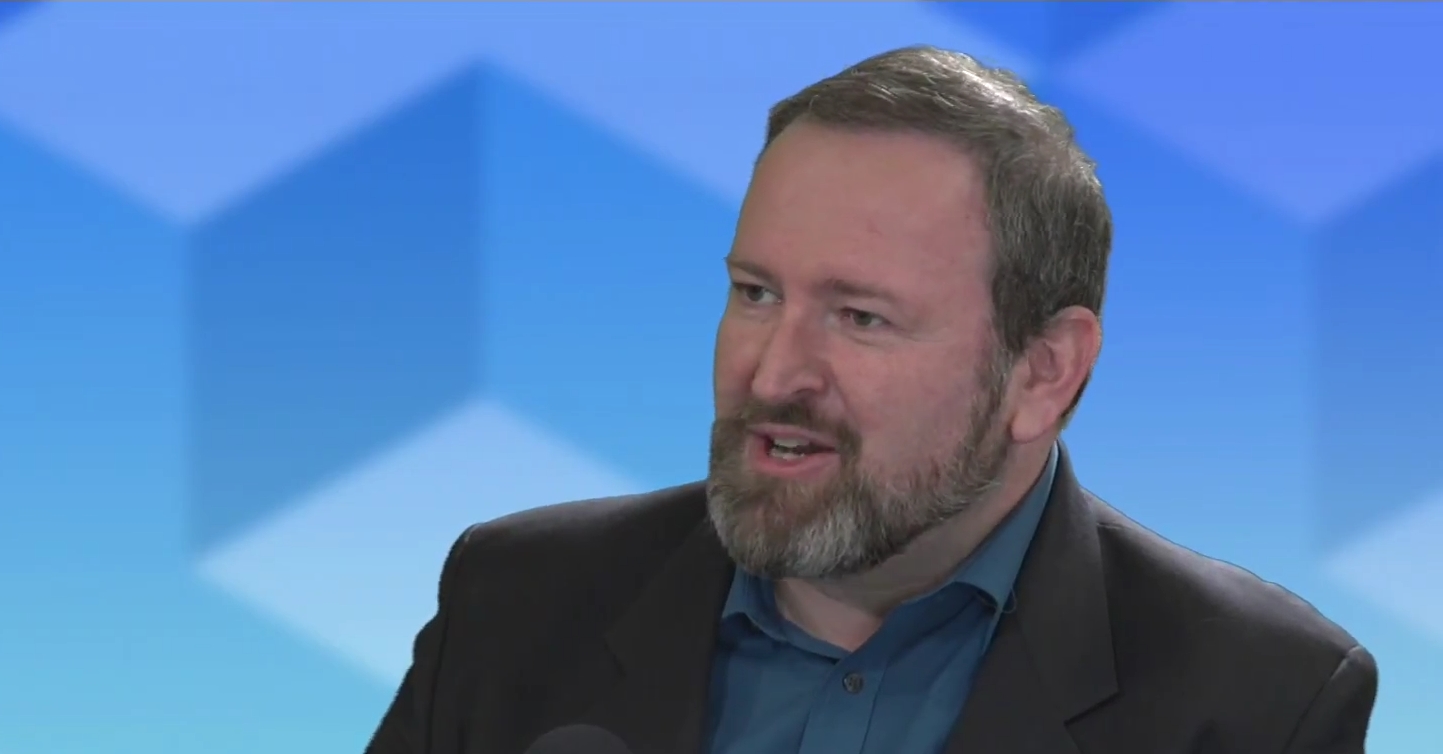 BIG DATA
BIG DATA
 BIG DATA
BIG DATA
 BIG DATA
BIG DATA
Hyped as the next generation of mobility during last week’s Mobile World Congress, 5G represents the possibilities for many in the tech industry. But for telcos, the latest mobile technology means figuring out how to power the networks needed to make 5G and the Internet of Things a reality.
“For me … the big story is what’s not in the headlines at Mobile World Congress, which is the back-office work to support a 5G rollout,” said Val Bercovici (pictured), chief technical officer of SolidFire Inc.
Bercovici recently spoke with John Furrier (@furrier), co-host of theCUBE, SiliconANGLE Media’s mobile live streaming studio, at SiliconANGLE’s Palo Alto, CA, studio, during Mobile World Congress to discuss the re-architecture going on in the industry, which is moving from Network Functions Virtualization on traditional and legacy systems to cloud architecture and implementing microservices.
This week theCUBE features Val Bercovici as our Guest of the Week.
As a governing board member of the Cloud Native Computing Foundation, which is a nonprofit organization hosted by the Linux Foundation, Bercovici works to advance the development of cloud-native technology and services. Furrier further noted his expertise in the areas of storage, converged infrastructure and the cloud and asked him to weigh in on the real conversation: 5G and IoT.
The missing piece of the puzzle at Mobile World Congress was the discussion about how to process all of the excess data surrounding the emergence of IoT, as well as how the enormous amount of devices connect to the networks. Calling it a “huge pendulum shift” toward cloud computing and centralized data processing, Bercovici believes that edge computing, as well as microservices, will be a necessity for managing vast amounts of data.
In fact, Intel predicts that IoT is growing rapidly, with a projected number of devices to reach 200 billion by 2020. According to Bercovici, IoT is moving from concept to reality. He also said that as people become more dependent on their mobile devices for things like GPS and other collaborative apps, supporting and bringing all this data to a centralized location will pose network problems.
This is where edge computing — which involves analyzing and filtering information at the edge of networks — can help solve this problem. The technology eliminates useless data and reduces the load on servers at the core of the network, speeding up the process for mobile providers, Bercovici noted.
“There is no way to process the exponential amount of data that we are dealing with right now at the core and still provide useful feedback at the edge. The rise of edge computing has a bit of a counterbalance to cloud computing and having more powerful more intelligent processing at the edge filtering because we can’t possibly store the exabytes and yottabytes of data,” Bercovici said.
Could the solution to these issues be found in cloud-native architectures and applications, which are container-packaged as opposed to Virtual Machine-package offerings? These architectures are more dynamic orchestration options for service providers.
Illustrating the point, Bercovici noted how one autonomous car is not impressive but having many autonomous cars on a route makes the system more complicated. He found that managing the interactions of each car, at the same time, while keeping traffic flowing and preventing a traffic jam, to be the end goal.
“At the coordination of multiple processes and multiple things, that’s what makes cloud-native computing happen at scale,” he said.
Another technology that gives providers agility and rapid deployment capabilities is microservices. These platforms, which house applications in a container environment are quickly becoming the easy choice for companies like Netflix, eBay and Amazon for many reasons, such as scale, flexibility and being developer friendly.
“There are no economies of scale if you don’t go cloud-native now. As 5G networks become more prevalent, as IoT becomes more mainstream, it doesn’t play without microservices,” Bercovici said, making the case for going cloud native.
What are the trade-offs for not going cloud native?
“You will be disrupted,” Bercovici said.
Watch the complete video interview below, and be sure to check out more of SiliconANGLE and theCUBE’s coverage of the Mobile World Congress 2017 Barcelona.
THANK YOU